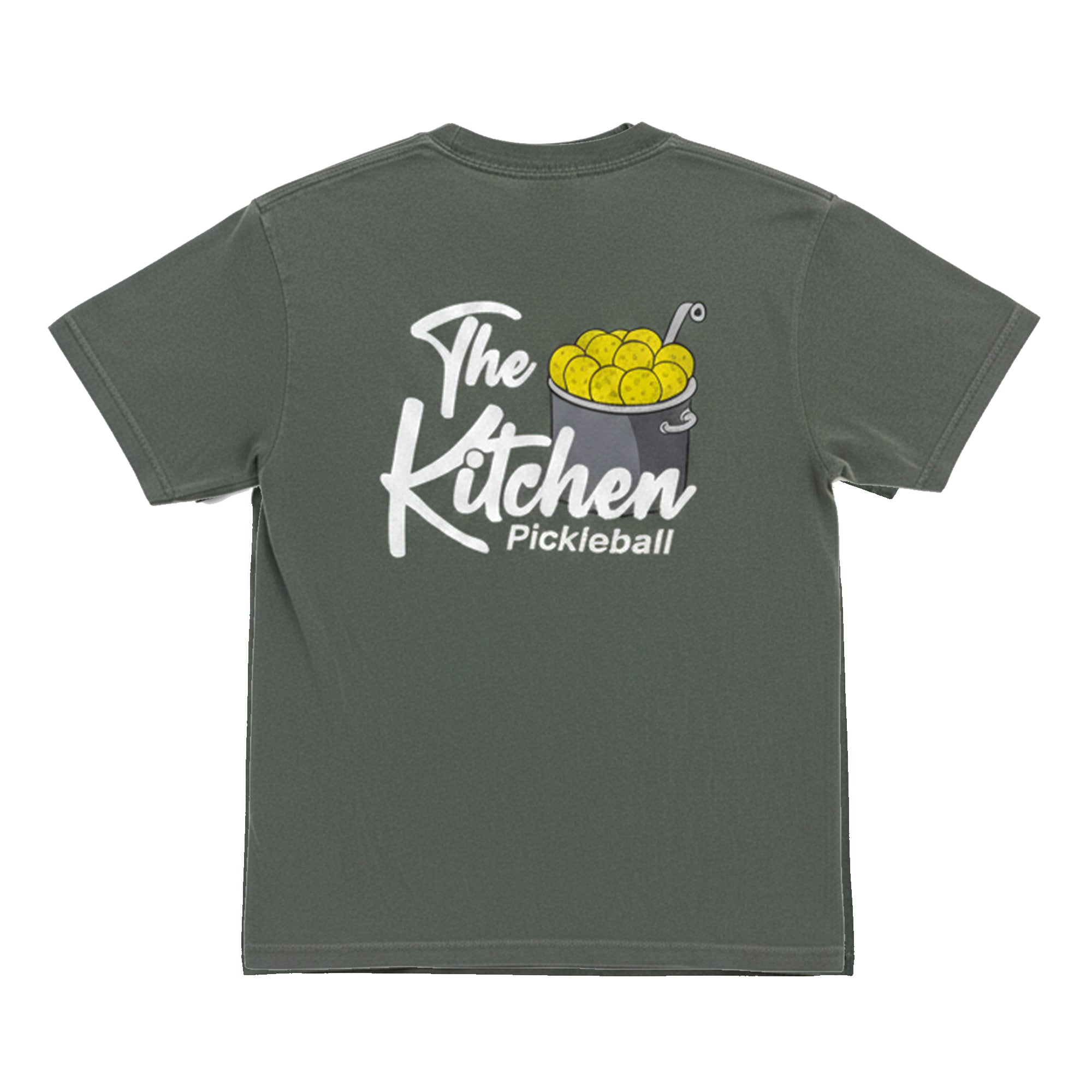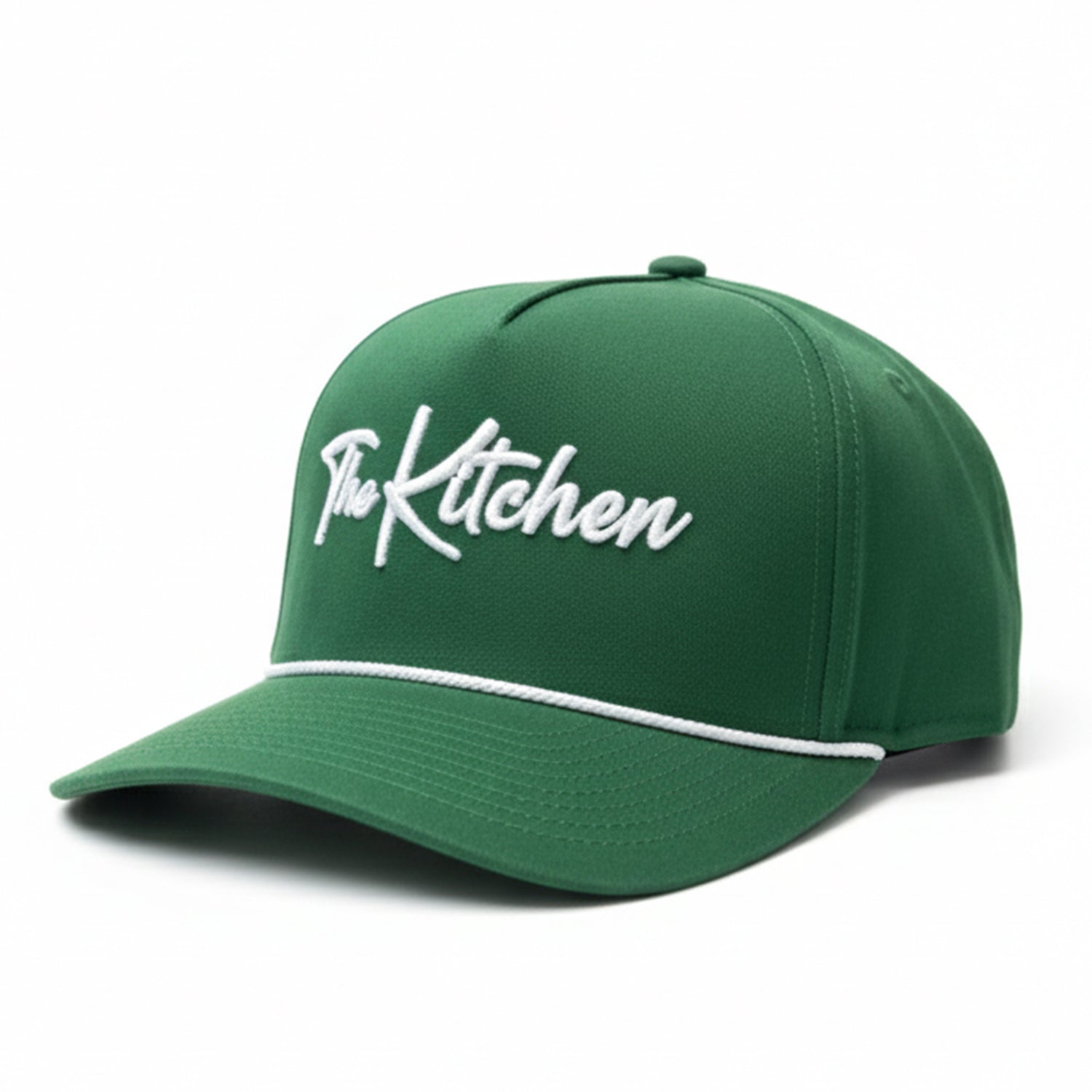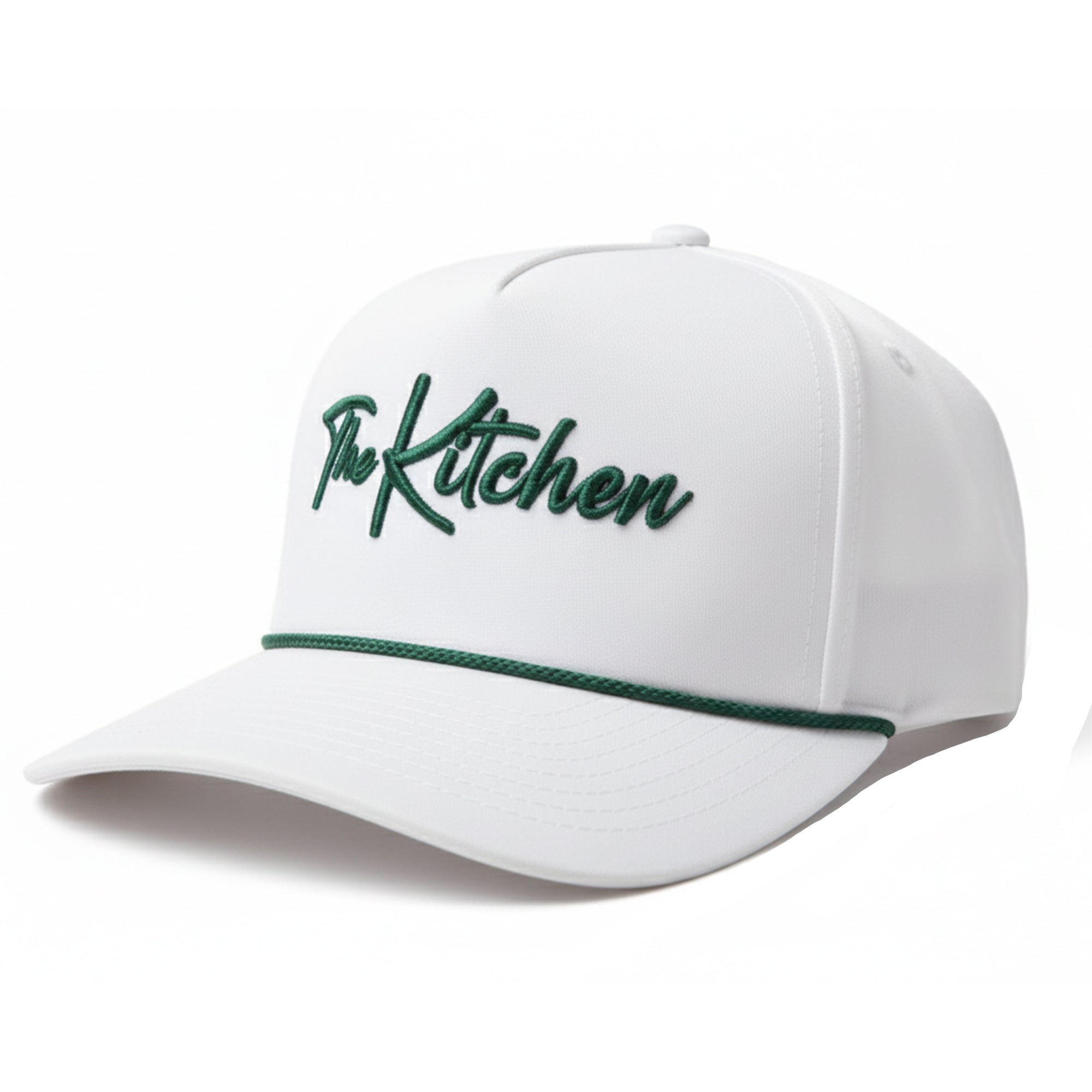The Northeast is Lacking in Indoor Pickleball Facilities: Here's Why
Last Edited
Nov 08 2024
Category
News
It’s cold, crowded, and packed into a tight space. With its relentless winter weather, dense population, and limited room for new outdoor courts, New England seems primed for a surge in indoor pickleball facilities.
So, you’d expect investments in the Northeast to soar, right? One issue: expansion there has been slow. Dedicated indoor pickleball spaces in the Northeast are few and far between.
So, what’s holding New England back from fully embracing the nation’s fastest-growing game?
For states like Massachusetts, with some of the highest demand for indoor pickleball courts, this shortage goes deeper than a few extra expenses; it’s driven by a unique mix of real estate costs, regulatory hurdles, and a fiercely seasonal climate.
The Perfect Storm: New England’s Unique Challenges for Indoor Pickleball
“Massachusetts has a longstanding tradition of supporting community-centered sports,” says Dustin DeMeritt, co-founder of Pickles New England.
“Whether it’s youth leagues, adult sports clubs, or family-focused centers, New Englanders prioritize recreational activities that bring people together.”
Pickleball, with its appeal across age groups, is a natural fit for the region’s community ethos. But this popularity is precisely what highlights the shortfall in dedicated, weatherproof facilities.
In Massachusetts, nearly 22% of the population is aged 55 or older, a demographic drawn to pickleball for its social and physical benefits.
“Our member base at Pickles grew to over 8,000 players, showing just how significant the demand for year-round pickleball is in New England,” DeMeritt notes.
But while demand is clear, building the facilities to support it isn’t as easy as it might seem.
High Real Estate Costs Make Indoor Facilities a Tough Sell
New England has some of the highest commercial real estate costs in the country, with densely populated areas like Boston and its surrounding towns pricing even mid-sized spaces out of reach for recreational businesses.
Compared to southern states like Florida and Arizona, where the land costs are lower and outdoor pickleball courts can thrive year-round, New England facility owners must contend with steep expenses.
“The initial investment is high, and you have to be certain that you can generate the revenue to cover operations while still keeping memberships affordable,” says DeMeritt.
Related: How to Organize a Pickleball Fundraiser: A Complete Guide
It’s no surprise, then, that multi-use, outdoor community courts dominate the Northeast pickleball scene (with some indoor facilities at tennis clubs and YMCAs).
Most dedicated pickleball clubs in New England operate on a membership model that aims to keep costs manageable while balancing accessibility and profitability.
This approach has allowed some clubs to succeed despite the high overhead, but it’s not a feasible model for every potential facility.
Weather-Driven Demand Puts Pressure on Facilities
New England winters make outdoor pickleball challenging from November to March, meaning indoor facilities become essential for year-round engagement.
But this seasonal demand comes with its own challenges.
“When we started Pickles, we knew we had to be open year-round to meet the needs of dedicated players,” says DeMeritt.
“Indoor facilities in New England don’t just provide a place to play—they’re a sanctuary from the cold, a way to stay active and connected through the harshest months.”
In states with warmer climates, the ebb and flow of seasonal demand isn’t as intense, allowing facilities to operate without the high operating costs of heating, lighting, and space adaptations for winter.
For New England clubs, however, planning for a facility that can meet peak winter demand while staying sustainable (and air conditioned) during the summer months is a financial balancing act.
Aging Infrastructure Poses Conversion Hurdles
The region’s older buildings pose another hurdle.
Many commercial properties available for lease in this region simply aren’t suitable for conversion into indoor sports facilities.
“Newer buildings with clear-span structures and higher ceilings are ideal for indoor pickleball,” says DeMeritt.
“But in Massachusetts, finding a space with enough square footage and high ceilings is rare, and retrofitting older buildings often means extremely high renovation costs.”
Related: Opening an Indoor Pickleball Facility: 10 Keys for a Successful Business Model
This stands in stark contrast to newer developments in southern and western states, where clear-span structures can be more easily converted.
Even when suitable buildings are available, renovations for heating, ventilation, lighting, and accessibility push costs up, limiting the number of new pickleball facilities that can feasibly open in the Northeast.
Tight-Knit Communities Fuel Organic Growth—And High Expectations
Despite these challenges, New England’s strong community spirit has been a catalyst for pickleball’s growth.
DeMeritt explains, “People here are loyal to local businesses, and there’s a real sense of pride in supporting neighborhood institutions. At Pickles, our members felt invested in the success of the club, and that sense of ownership helped us grow our membership without relying solely on marketing.”
Word-of-mouth is powerful in New England, with members often inviting friends and family to join.
This grassroots enthusiasm has helped pickleball clubs like Pickles become community staples.
However, it also sets a high bar for new facilities, which must quickly establish trust and a sense of belonging within these tight-knit communities.
Zoning & Bureaucratic Barriers Limit New Developments
Beyond logistical and financial challenges, new pickleball facilities in New England (especially Massachusetts) must also navigate strict local regulations, including zoning and environmental requirements.
In states like Texas or Florida, streamlined regulations encourage rapid development of recreational spaces, making it easier to establish new pickleball courts.
But in Massachusetts, launching a facility may require multiple permits, consultations, and community impact assessments—a time-consuming and costly process that can deter potential investors.
The Future of Indoor Pickleball in the Northeast
Despite the challenges, New England’s appetite for pickleball shows no signs of slowing.
While the number of indoor courts in Massachusetts and the surrounding states remains limited, there’s hope that new approaches—such as partnerships with existing fitness centers, flexible memberships, and pop-up pickleball courts—could help bridge the gap.
Read Next: How an Energy Drink Brand is Powering Pickleball's Rise
In the meantime, the few facilities that do exist, like Pickles, are lifelines for the sport’s most devoted players, providing year-round access to one of the country’s fastest-growing games.
As the demand for pickleball continues to rise, the potential for more indoor facilities may finally be on the horizon, even in one of the most challenging regions for recreational development.













